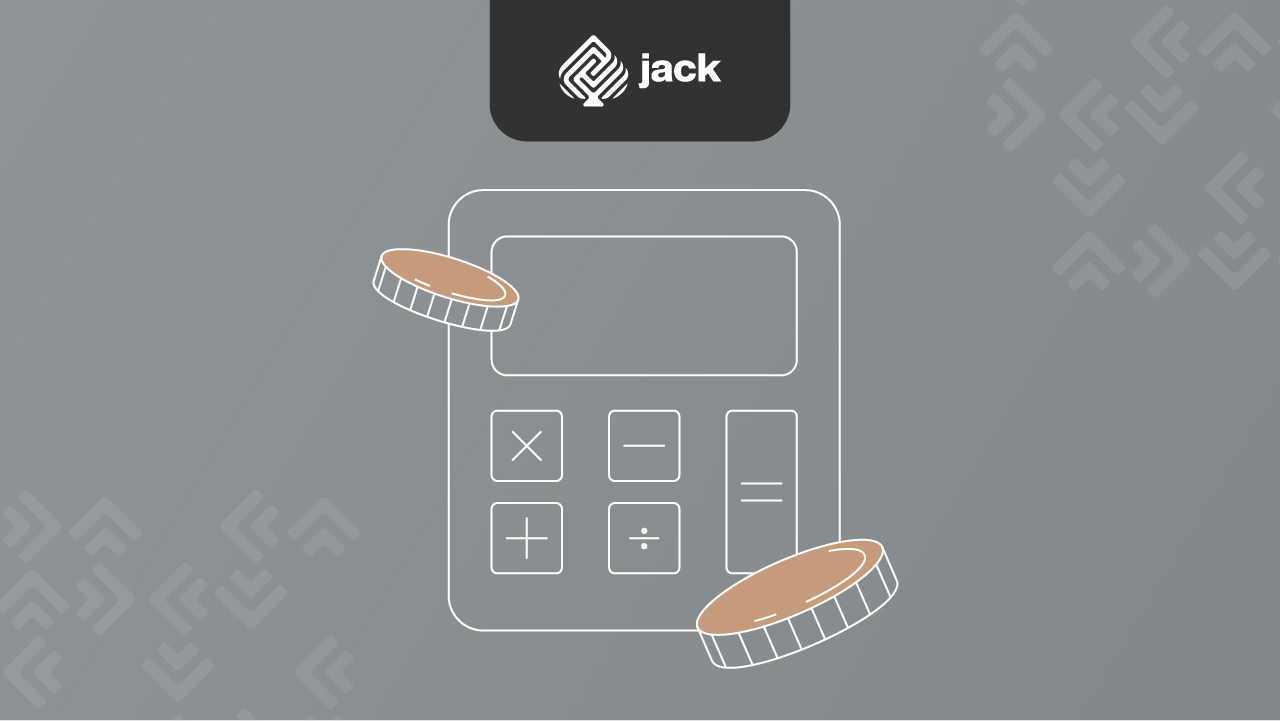Credit sales receivable is one type of sales transaction where payment is made using an installment system for a specific period of time. The installment payments can be settled according to the duration of the credit taken, and usually, the seller can add interest to each agreement, although there may be options without interest.
Join Us and Experience The Ease of Putting Your Finances On Autopilot
The credit application process allows non-cash sales transactions, which can greatly benefit the company involved. The purpose of implementing a credit sales system is to fulfill orders from customers for a loan amount according to their needs.
Credit Sales Receivable System

The implementation of this system is closely related to the accounting of credit sales, which involves selling goods or services with payment made after the delivery of the items, based on an agreed-upon time frame between both parties.
In conducting credit sales transactions, customer orders are fulfilled through the delivery of goods or provision of services within the time frame specified by the company to establish receivables from customers.
The availability of credit sales activities allows companies to increase their sales volume. This approach provides buyers with the opportunity to spend their income for future needs.
Factors to Consider in Credit Sales Receivable

Credit sales receivables are commonly practiced by companies in the business sector, and there are several factors to consider when implementing this type of receivable.
For companies that have implemented an appropriate credit sales system, it is essential to consider key factors to prevent losses within the company.
The following are some factors to consider when implementing credit sales receivables:
1. Credit Standards
Credit standards play a significant role in influencing demand, and lowering credit standards can stimulate demand. This approach can lead to higher sales and profits for the business.
However, it’s important to note that additional credit creation comes with costs. There is a higher risk of losses if the receivables become uncollectible.
2. Payment Terms
Payment terms for credit sales can be either strict or flexible. If a company sets strict payment terms, it prioritizes the security of credit over providing a longer payment period. It may even impose interest charges if the repayment exceeds the due date.
As a result, the company’s investment in credit sales receivables tends to be smaller if the credit sales terms are strict, and vice versa for more flexible terms.
However, if the customer has not made the payment within a 30-day period, the company can take appropriate actions because the larger the company’s investment, the greater the expenditure on receivables.
3. Credit Limit
The credit limit factor allows the company to provide credit to each customer or prospective customer. The company can set different credit limits for different customers based on their individual ability to adjust to the chosen credit limit. The credit limit serves as a tool to control the implementation of credit policies.
4. Sales Volume
The factor of sales volume for credit sales receivables supports sales transactions conducted on credit. The company can set a maximum limit for credit usage that can be granted to customers. The higher the set limit for each customer, the greater the funds that can be invested in receivables, or vice versa.
If the selection of customers eligible for credit is more selective, it will reduce the amount of investment in receivables, and vice versa.
5. Customer Payment Habits
The factor of customer payment habits, it refers to some customers who have the habit of paying during the cash discount period. However, there are also those who do not take advantage of this opportunity. The payment habits of customers for cash discount periods or subsequent periods have an effect on the size of the investment in credit sales receivables.
If the majority of customers are able to pay during the discount period, the funds invested in receivables will be realized more quickly, thereby reducing the investment in receivables.
6. Collection Policy
The collection policy factor allows the company to implement its own policy for collecting receivables through two approaches: active or passive. The active collection policy requires the company to allocate a larger amount of money for financing the collection activities compared to a more passive collection policy.
Companies that actively collect receivables tend to have a smaller investment in receivables compared to companies that adopt a passive collection approach. Therefore, the implementation of credit sales receivables can be tailored by each company according to its own collection policy for business receivables.
Use Jack for your business needs
Those are some of the systems implemented for credit sales receivables by the respective companies to avoid losses. Each company has its own way of selecting and implementing its receivable types.






